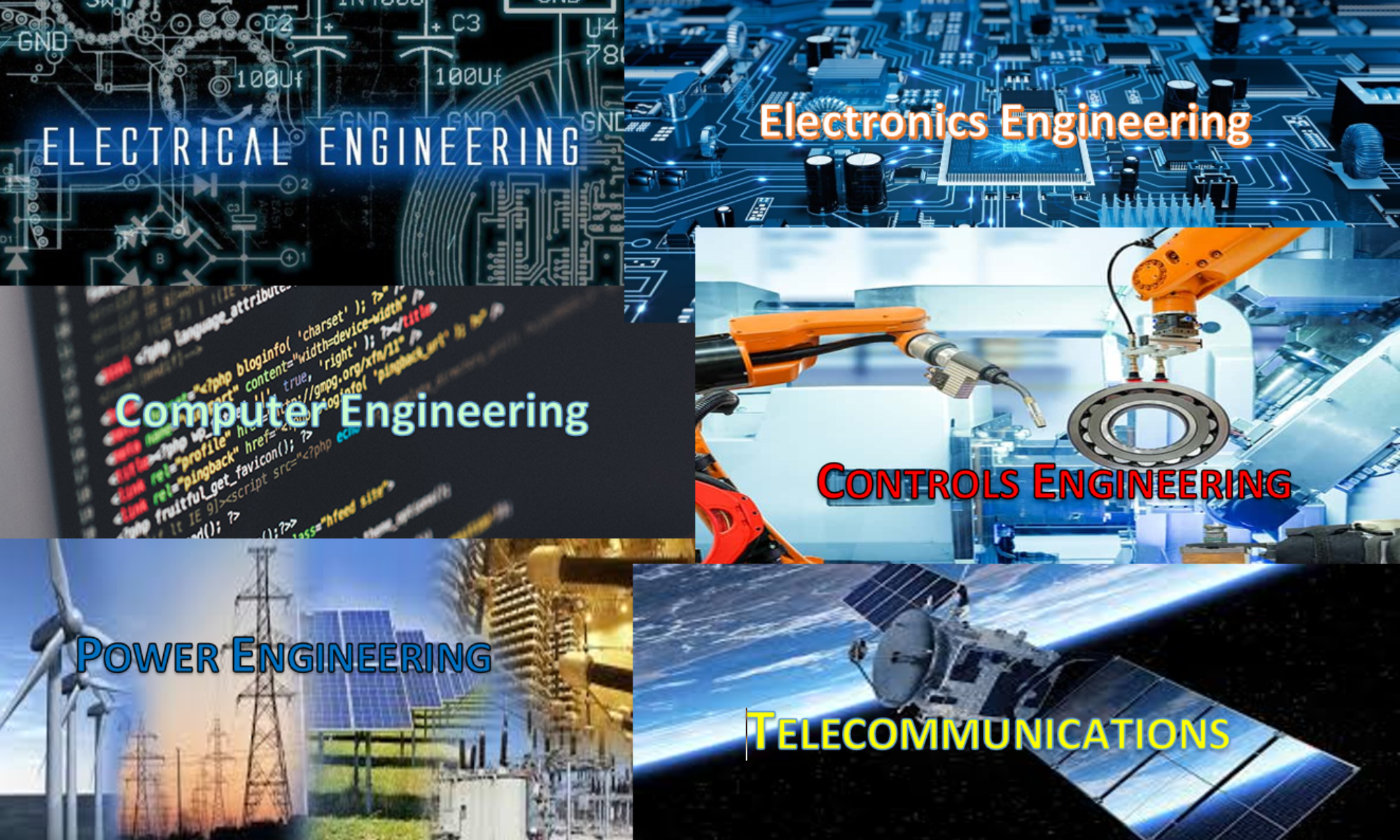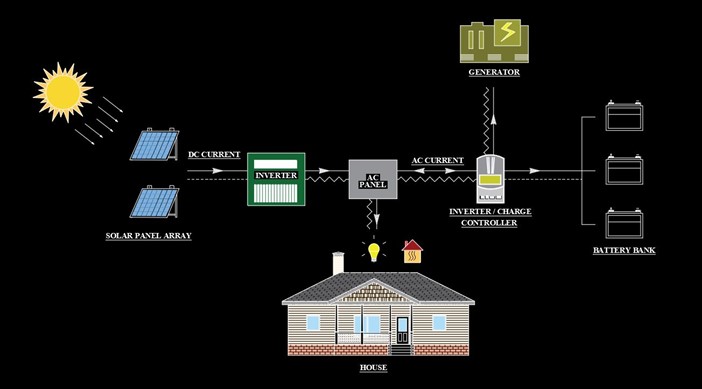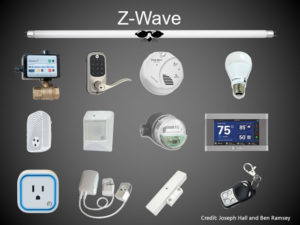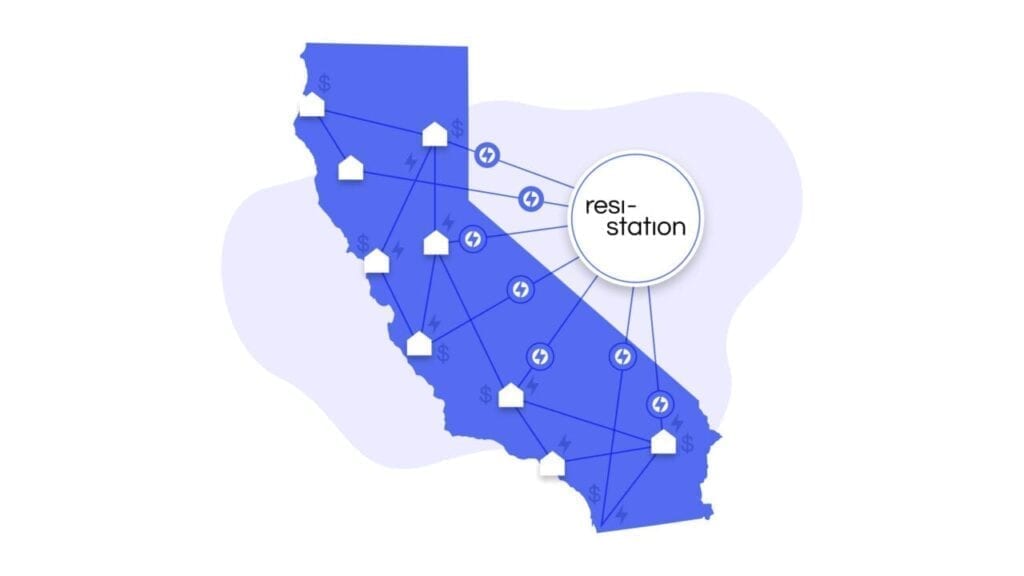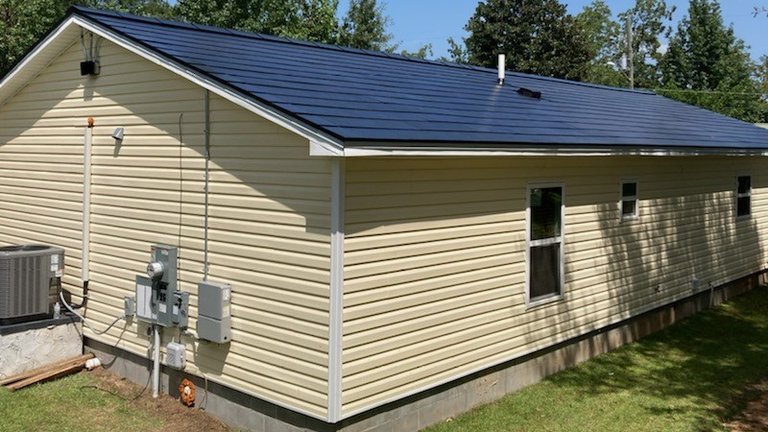What is the Z-Wave protocol?
EE World – Smart homes need wireless connectivity, and Z-wave has emerged as the ultimate solution for home automation. The Z-wave protocol is a wireless, radio frequency protocol designed primarily for smart home networks. All the existing wireless communication protocols had one or the other problem. Bluetooth and Zigbee often shortfall of range while Wi-Fi poses its own limitations in a low-power ecosystem. Interoperability has been another major issue as popular wireless standards have different protocols and implementations for different applications. No one solution could cater to the requirements of an automated home. Z-wave is, now, the solution for all those lingering issues.
Z-wave devices are interoperable and can be easily accessed through the internet or a Z-wave gateway. With a range of around 40 meters, a Z-wave network limited to four hops can connect at most 232 devices. Irrespective of their make or application, all devices can have simultaneous two-way communication over the Z-wave network secured using AES. With sufficient range, optimum data speed, AES security, low-power wireless solution, and interoperable protocol, Z-wave is just perfect for home automation. There are now thousands of Z-wave products in the market, serving as intelligent devices for smart home ecosystems.
Companies Announce New Residential Virtual Power Plant for California
(PowerMag) – A distributed energy power plant, designed to help bring more reliability to California’s power grid, is being developed by a company whose investors include Alphabet, the parent company of Google. The project when fully developed would be the world’s largest residential virtual power plant (VPP).
Sidewalk Infrastructure Partners (SIP), a group that builds, owns, operates, and invests in advanced infrastructure projects and technology companies, on Dec. 7 released details of a $100 million deal as part of Resilia, the company’s new advanced power grid platform. The agreement includes an $80 million commitment to finance the 550-MW Resi-Station project, along with a $20 million investment in OhmConnect, a partner in the VPP.
Growth of VPP installations has accelerated, particularly in areas that have sustained rolling blackouts and power outages. A project in South Australia, with Tesla taking a lead role, was touted as the world’s largest VPP when development began in 2018.
OhmConnect is a demand response and energy services technology company that works with residential electricity customers to predict, incentivize, and coordinate consumer energy savings. Resi-Station is expected to bring together thousands of electricity customers with in-home smart devices that can deliver targeted energy reductions supported by OhmConnect’s technology, according to SIP. The project’s investors also include the Ontario Teachers’ Pension Plan, based in Toronto, Canada, which has long been a financial supporter of institutional infrastructure projects.
Southern Company’s Mississippi Power Is Developing a Smart and Renewable Community
This new smart neighborhood will consist of over 100 homes that will feature Tesla Solar Roof Panels and Powerwalls along with smart home appliances and automation, allowing homeowners much more control over their household and electricity demand. The smart neighborhood will be located in Lauderdale County with construction beginning in 2021.
